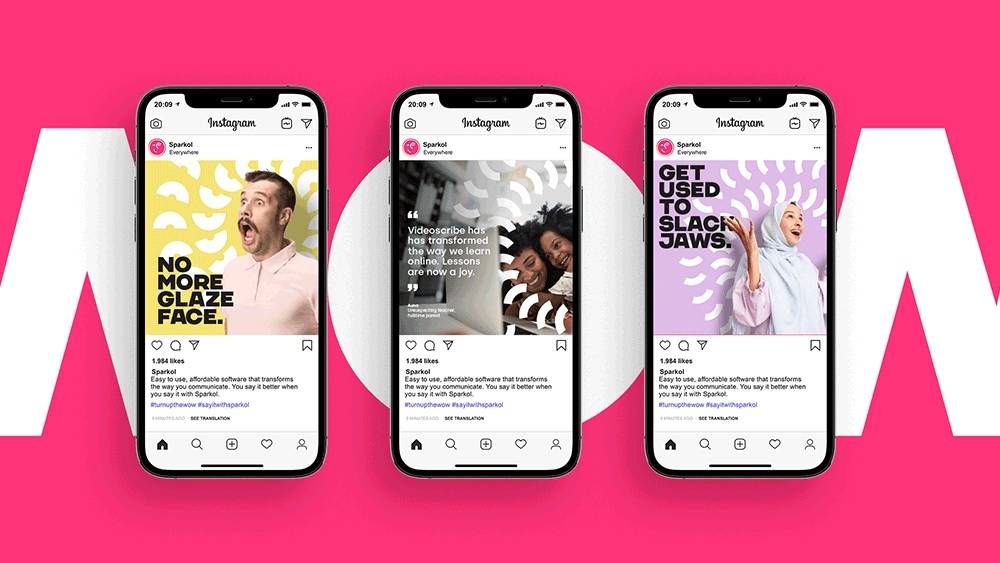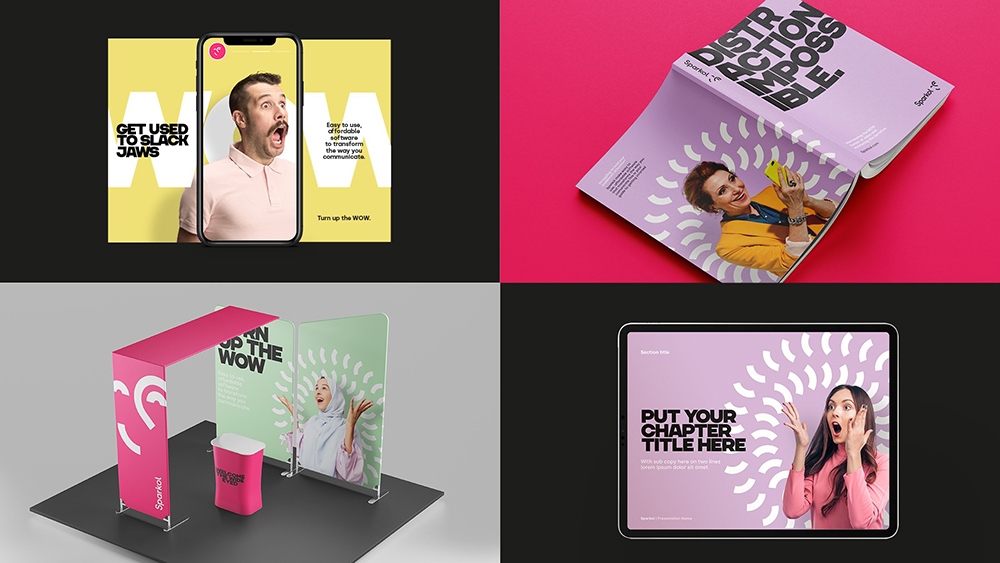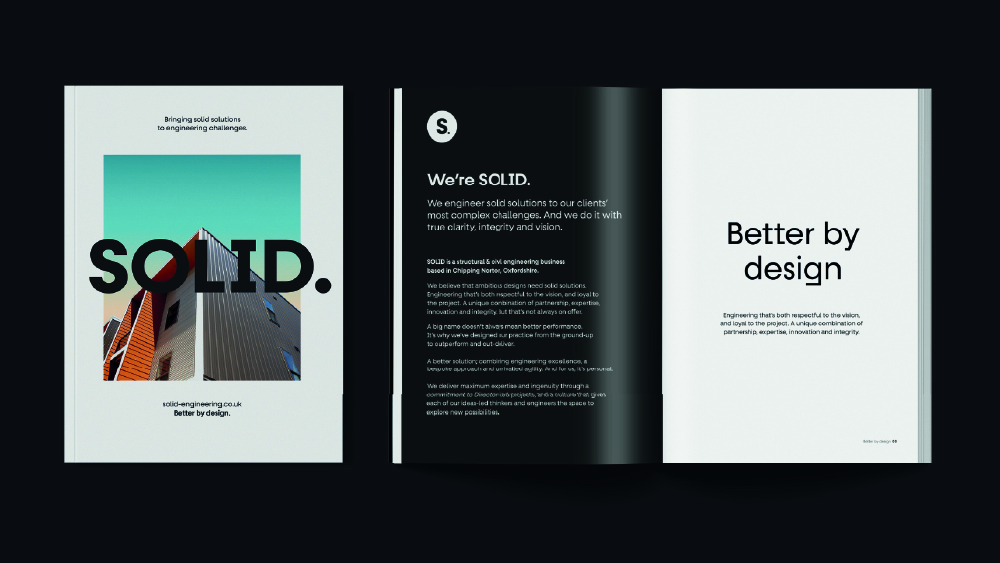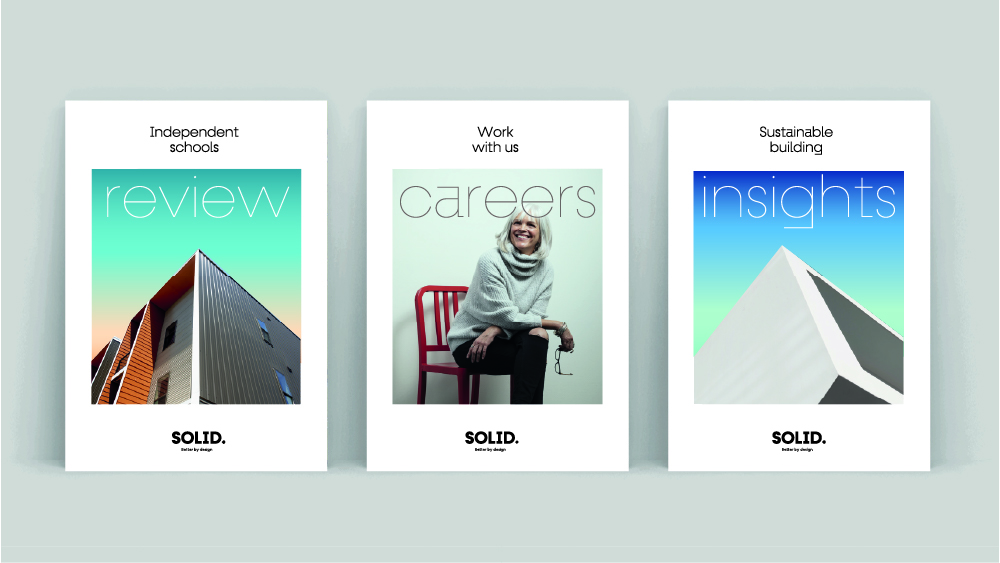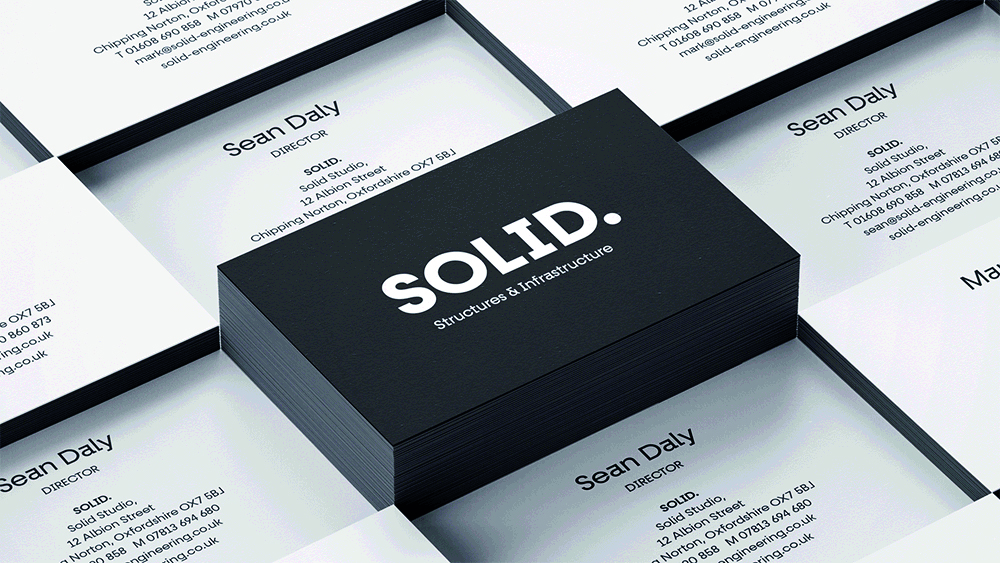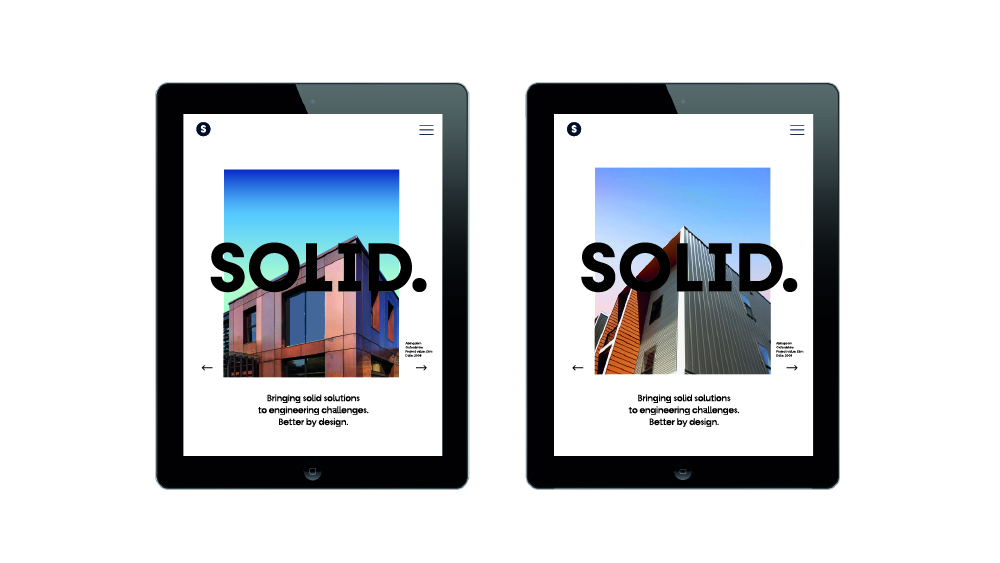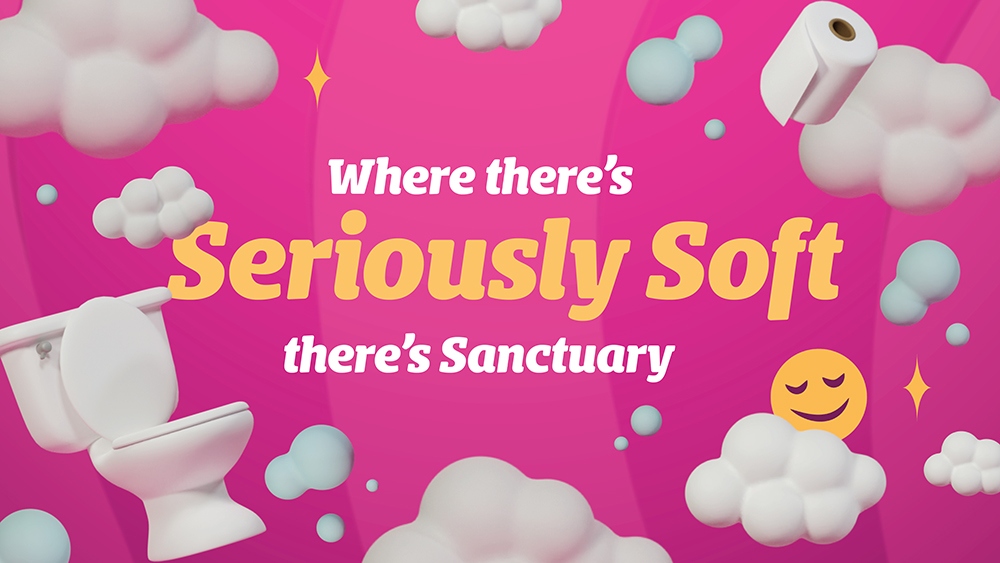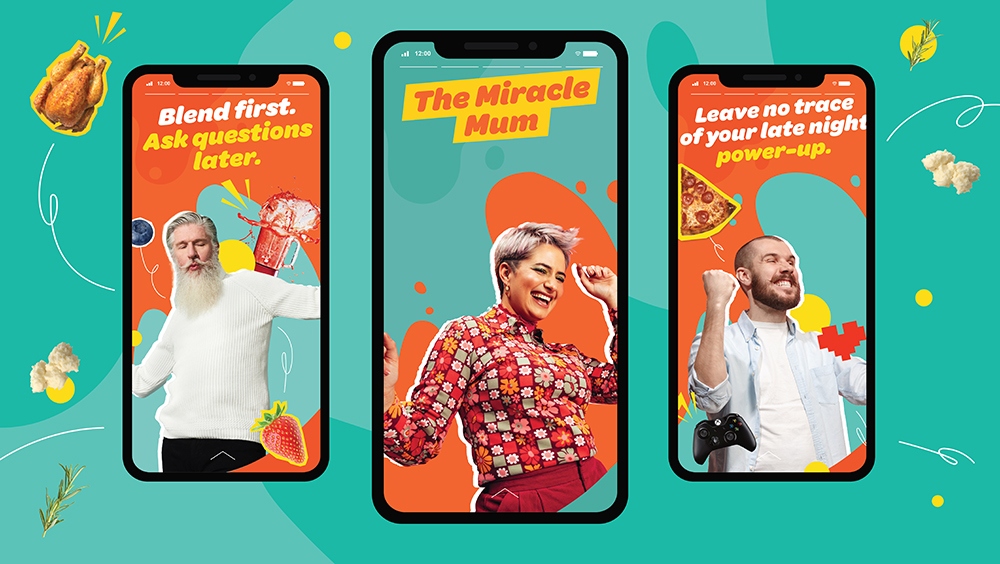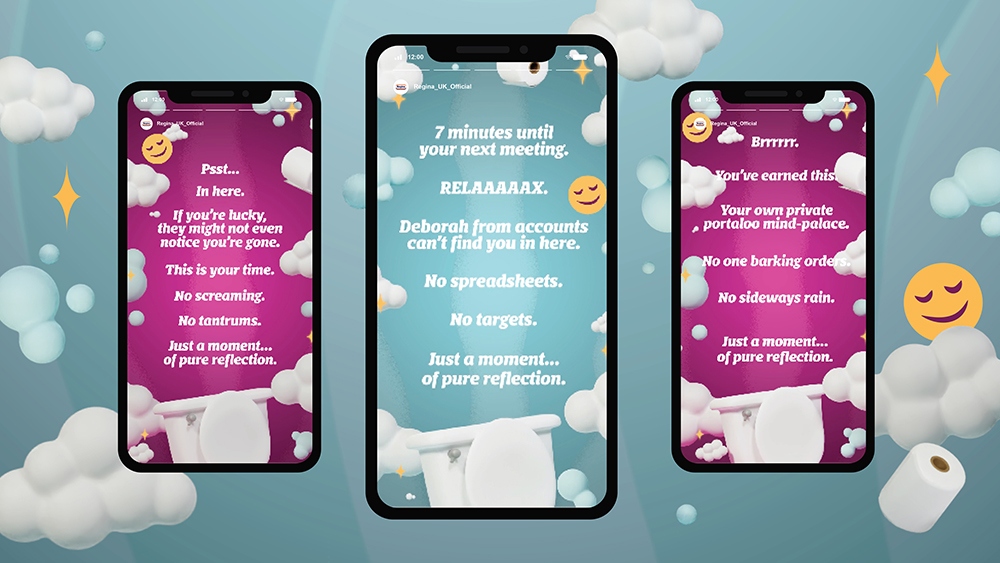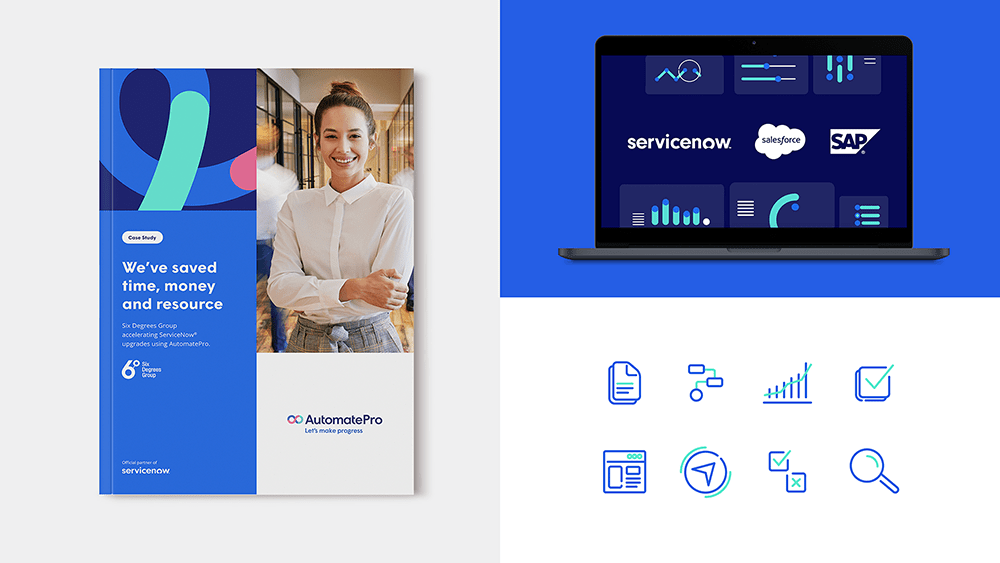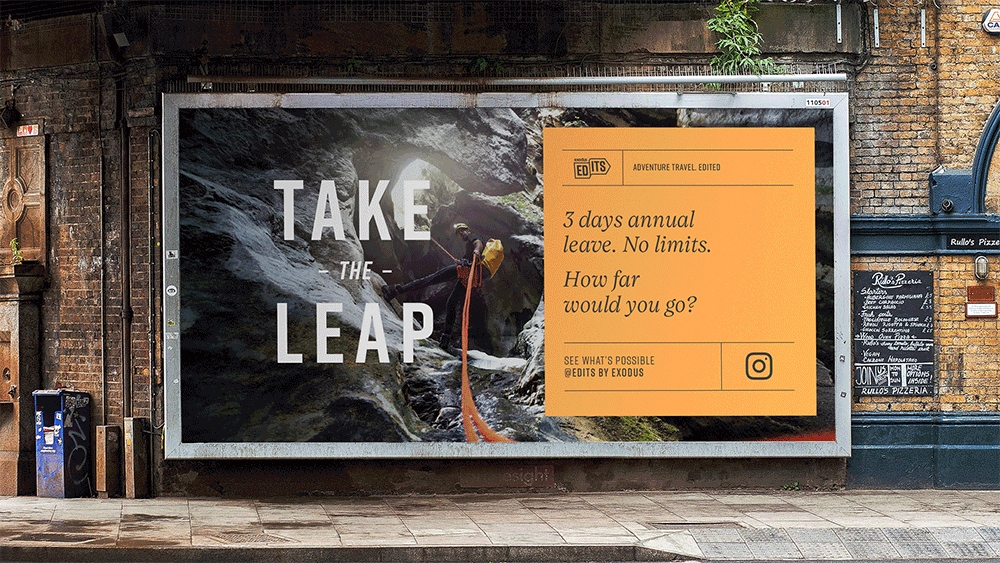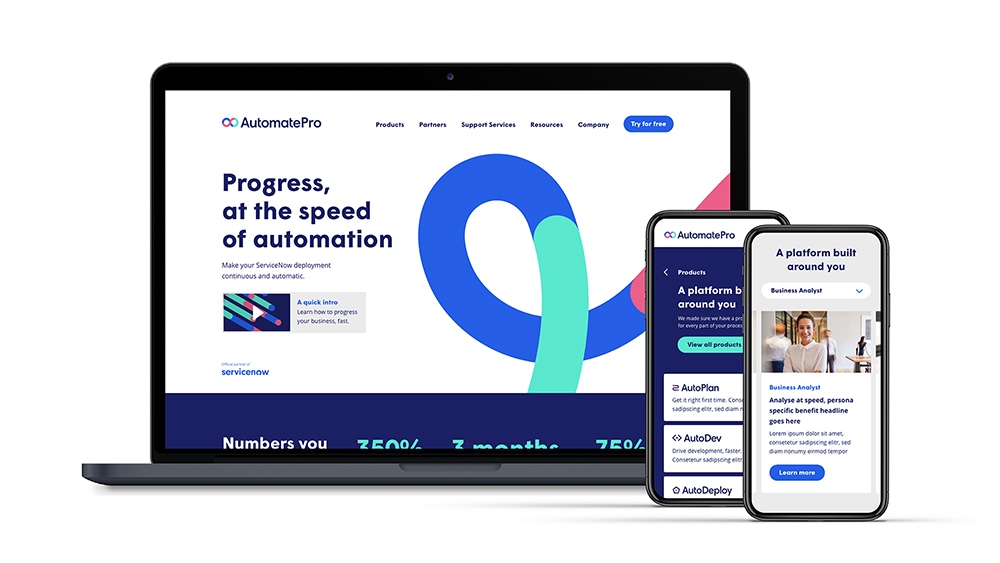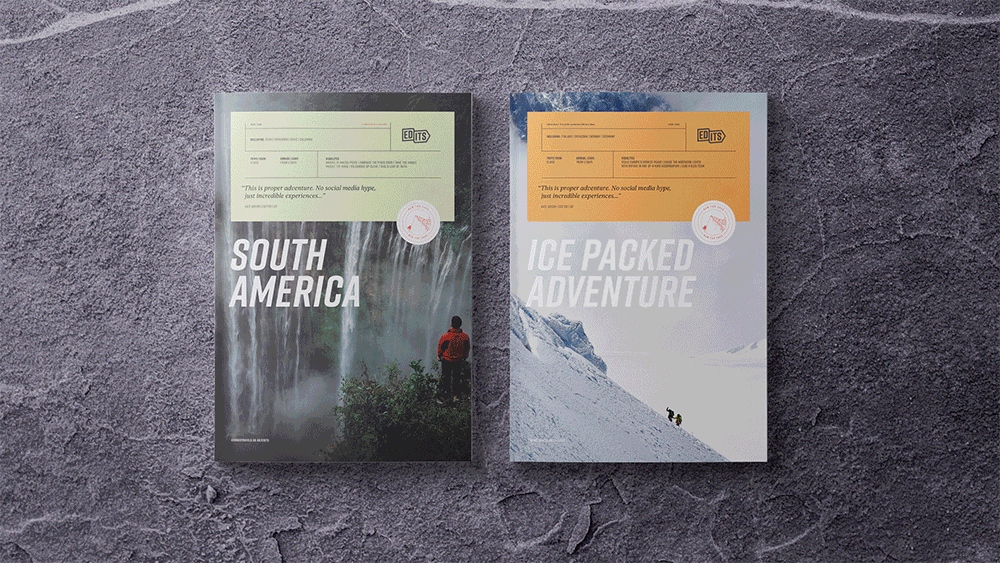Our Associate Strategy Director, Gareth Atkinson, explores the role that Brand plays in growth and how things should evolve as you move from start up through scale up. From establishing the fundamentals at launch, to unlocking brand acceleration and reorganising for ongoing success, find out how to pinpoint the triggers for brand development and the factors to consider at those crucial points. Get this right and you’ll be reaping the benefits for the decades to come.
It’s not new advice for start-ups to ‘build a strong Brand from the beginning’. A strong brand will bring tangibility and authority to your idea, help you clearly communicate the value you offer in a way that gets noticed and remembered by the right customers, employees and investors, stand you apart from the competition and increase the value of your business. But the often overlooked point, is that Brand is a journey not a destination.
Start-ups are primarily an experiment. You see a problem, you see an opportunity, you have a hypothesis on the solution, and a vision for the way forwards. But as with all experiments, the outcome may not be what you expect.
73% of all start-ups pivot[1]. Ideas launch, iterate and are reborn, teams multiply and reshuffle, focus shifts. So while a strategic, differentiated and compelling brand narrative and identity is a crucial investment for any business, it’s not a set-and-forget task. As the shape of your business evolves, so must your Brand.
The paradox is this: at the centre of Brand lies a promise. And the strongest brands are those that keep them. Change too much, too often, and you risk a disconnect with customers, employees and investors. But evolve too little, and you risk the same.
So, where do you draw the line?
Well, here are three common triggers for Brand investment across start-ups and scale-up businesses, and the considerations you should be making:
Trigger 1: The launch
Every marketer seemingly wants to write the next ‘Just Do It’ or ‘Think Different’.
But the truth is, great start-up marketing doesn’t sound like this. Nike and Apple have spent 40 plus years building their brands (Apple had 8,347 employees when ‘Think Different’ launched). Everyone knows what they do, so they can be more ephemeral and inspiring. We’re all for ambition, but launch with a big, bold narrative that outpaces the experience you can currently deliver, then Houston… we have a problem.
The first aim of any start-up is to find product-market fit. This is to gain traction with a big enough audience (hint: it may not be who you think), with a product that meets the needs of early adopters (yup, this might change too), and that they’ll actually buy.
The world isn’t short of ideas. But turning those ideas into a meaningful proposition that people understand and buy is what counts. In the early stages you need three things: an idea of your audience and their problem, a clear and compelling way to articulate your idea and creative that gets you noticed.
Once you’ve identified your initial audience think about the following:
- Your Positioning. What do you want to stand for? It needs to be compelling for your customers, relatable and actionable for your employees, and distinct from your competitors. Forget the long, fancy statements and keep it simple. Opt for two or three words (associations) that signal value to potential customers, and that you can deliver, better or more distinctively to your competition.
- Your Value Proposition. This is where you do the selling, it’s a promise you make to win customers’ hearts and minds. Think of it as the first sentence you want on your website. Your job is to find the words that resonate – relatable, different, and loaded with customer value! Your best bet here is to focus on the problem you’re solving. Draft your proposition and insert the words “Now you can” before it. Does it sound awkward? Then you’re talking about your idea not your customers’ problem. Try again. In fact, keep trying – testing and refining until you find the one that really sings!
- Your Brand Identity. Sure, your Brand is more than a logo, but Brands that blend-in are on a one-way ticket to nowhere. You need to be noticed, be remembered and be recognised. And identity is one hell of a tool for this. In the early days, think quality over quantity. Focus on a few distinctive key assets – your logo, fonts, colour palette, and a unique imagery or graphic style, then use these assets consistently in everything you do. In the words of Mark Ritson, ‘84% of Ads are a total waste of time because either people don’t notice it, don’t remember it, or don’t know it was yours’.
These go-to-market fundamentals form a kind of ‘minimum viable brand’ which you can iterate as you go. The big, bold, ambitious statements and 100-page guidelines can come later.
Trigger 2: Scaling up to full-funnel marketing
The first year – or years – of your Brand’s existence are all about testing your hypothesis. Refining your product, proposition and creative until it really starts to sing. But there will come a point when you feel you’ve hit the nail on the head.
You’ll now know the real problem you’re solving, who you’re really solving it for and the product you’re solving it with. And you’ve spent all the energy you can muster to perfect the customer experience. People are buying, they’re coming back to buy again, and they’re telling their friends. Now’s the time to fan the flames of the fire!
And here, Brand is your accelerant.
At this point you’ll have tapped into a portion of your potential audience, but most of those you want to be interested probably don’t even know you exist. Big brands are big because they’ve learned to target both their current and potential future audience at once. And this needs an evolution in your marketing.
Until now, you may have prioritised lots of low-cost, tactical micro-campaigns (likely via digital performance ads), testing product-focused propositions, to target, attract and convert active buyers. But attracting the masses calls for more universally-relevant, emotively-led messaging.
It’s time to review your Brand and consider:
- Is your Purpose clear? No, not the ‘We plant a Bazillion trees a year’ kind of green-washed social purpose. This is about future-proofing your Brand to ensure it has the flex to outgrow the product you launched with. Do you have a compelling narrative that speaks to your bigger ambitions? Which new audiences might you need to reach? Are there new products or services on the horizon? Perhaps global expansion? At a minimum, you should be future-proofing in line with your five-year business plan.
- Is it universally relatable? Take a look at your proposition again. Would Joe and Jane Bloggs get it? To build a truly big brand and make potential future customers your current customers, you need to reach the maximum number of people you can afford, with a message they can understand. Think about the single most important thing you need to say – and say it in as few words as possible. A little like Motorway.com – ‘The site to sell your car’. Get it?
- Do you employ enough emotion? When it comes to active buyers, who are probably evaluating multiple options, ‘learn more’ often equals ‘buy more’. These people are on the hunt for detail. But for everyone else, ‘feel more’ tops the charts. Emotional campaigns are twice as likely to be profitable as rational campaigns, and more than twice as efficient at capturing market share[2]. So make sure those campaigns are hitting the high notes when it comes to ‘all the feels’.
- Are you being creative enough? The fact is, most people aren’t going to care about your Brand and marketing if they’re not already looking for you. That is, unless you’re one of the clever few who see your campaigns as an opportunity to rupture the monotony of ‘bored-but-busy’! Creativity is the second biggest driver of Advertising profitability. It can multiply ROI by a factor of 12[3]. If you’re putting original, arresting ideas out you’ll be more likely to get noticed, be talked about, and become a bigger Brand.
Adding these dimensions to your efforts will help you to start connecting with the masses; ensuring you’re not only focused on converting active shoppers, but building awareness and fuelling future demand – making it more likely that your Brand comes to mind before your competitors when potential customers are ready to buy.
Trigger 3: Re-organising for growth
Now you’ve nailed product-market fit and built a Brand that’s reaching a broader audience. What’s next?
You no doubt want to see how big your beautiful creation can become? Perhaps you’re seeking new funding for growth, or grooming the business for a profitable exit? It’s an exciting time for you!
But for Founders at this stage in their journey, there’s often something holding them back. And ‘It’s not me, it’s You’.
Towards the beginning of a startup’s journey, the founding team have a, well, foundational role to play in shaping the Brand. But as you find success and scale, the amount of control you have over how it shows up in the world decreases. The number of channels through which people discover and find out about your products and services may have scaled exponentially. What used to be personal referrals are now cold website visitors. Maybe your team now take the sales calls and not you. And the number of employees you rely on to deliver your products and services could now be tens, hundreds, thousands!
Long story short… your Brand has now outgrown you. And the danger here is inconsistency. You might have a clear view on why your Brand exists, what makes it different and where it’s heading but does everyone else?
Inconsistency stalls growth. You can’t steer a boat when everyone’s rowing in opposite directions. But the fact is, you can no longer be in all places at once across the business.
Re-visiting Brand at this point can be like scaling the best of you. Establishing a new true north with which to align your team and inject a renewed focus and energy into the business. Giving employees a powerful new reason to belong and customers fresh reasons to believe.
It’s time to ‘Think Different’ and reorganise for growth:
- Strategic re-positioning. The business you run now may look very different to the one you launched. Audience attitudes change, their problems and needs change, your products and services develop, and competition disrupts. Is your positioning still fit for purpose? Is it clear, contemporary, differentiated and bold enough? Do your initial brand associations still reflect what you want your customers to think about you?
- Your Organising Thought. With your positioning refined, it’s time to make Brand your centre of gravity and transform from a branded business to a brand-led organisation. You can think of an Organising Thought as a strapline on steroids. A single bold, aspirational and inspiring commitment. It brings your positioning to life, articulates your promise to the world, aligns your employees behind a contagious story, and guides everything you say and do as a business. Take Apple’s ‘Think Different’ – a True North for their Product, Marketing, Sales, Operations, Customer support, and Culture since 1997. 50% demonstrable, 50% aspirational.
- Your Strategic Compass. With a bold new promise, delivery is key. Bring in the internal framework you need to keep your team on course, considering:
– Your Vision: Why do you get out of bed every day? What is the change you want to drive in the World? Your Big Hairy Audacious Goal?
– Your Mission: As a team, what do you have to do, day by day, to make that change a reality?
– Your Values: What are the non-negotiable behaviours you need to embody as you pursue your mission? Frame these as calls-to-action, not passive statements.
- Your signature moves. And finally… a promise without action is little more than fluff. Start to identify the big moves you can make with customers and colleagues that bring your promise to life. Review your Product, Marketing, Sales, Operations, Customer support, and Culture. What can you do differently to ramp up the value you deliver, to truly stand your brand apart in the eyes of customers and employees? To make sure you’re remembered as the Brand that goes above and beyond to deliver on the promises you make, in every interaction, via every touchpoint?
‘Think Different’, ‘Just Do It’, ‘Every Little Helps’, ‘Big on Quality, Lidl on Price’, ‘The World’s Local Bank’ – these ideas have been fundamental to the success of their respective brands. They build cultural relevance, maintain differentiation and guide communications to convert customers, attract and retain talented employees and much, much more.
Ultimately, a strong brand is a value creator – increasing likelihood to purchase, delivering greater sales volume, and enabling a premium pricing strategy – all leading to 4 x greater odds of growing[4]. Get this right – and you’ll be reaping the benefits for the decades to come.
Just remember – it’s a journey not a destination. Your challenge is to build a Brand that gets people excited and delivers a great experience, while managing expectations – all in equal measure.
If you’re looking for some support…
At Mr B and Friends, we’ve built our reputation on big brand thinking. And we’re proud of it! But here’s the thing; often big brand thinking is only affordable for big brands. Until now…
Our Brand Accelerator team works directly with the Founders and Owner-CEOs of start-ups and SMEs, to build bigger brands on smaller budgets. Senior Consultants, combining global brand expertise with a streamlined, iterative process to match the pace and energy of early-stage enterprise.
And we offer two potent programmes, focused on the critical brand outputs you need to hit your next milestone. Wherever you are in your journey. Nothing more. Nothing less.
If you’d like to find out more, simply get in touch with simon@mrbandfriends.co.uk for an initial chat.



